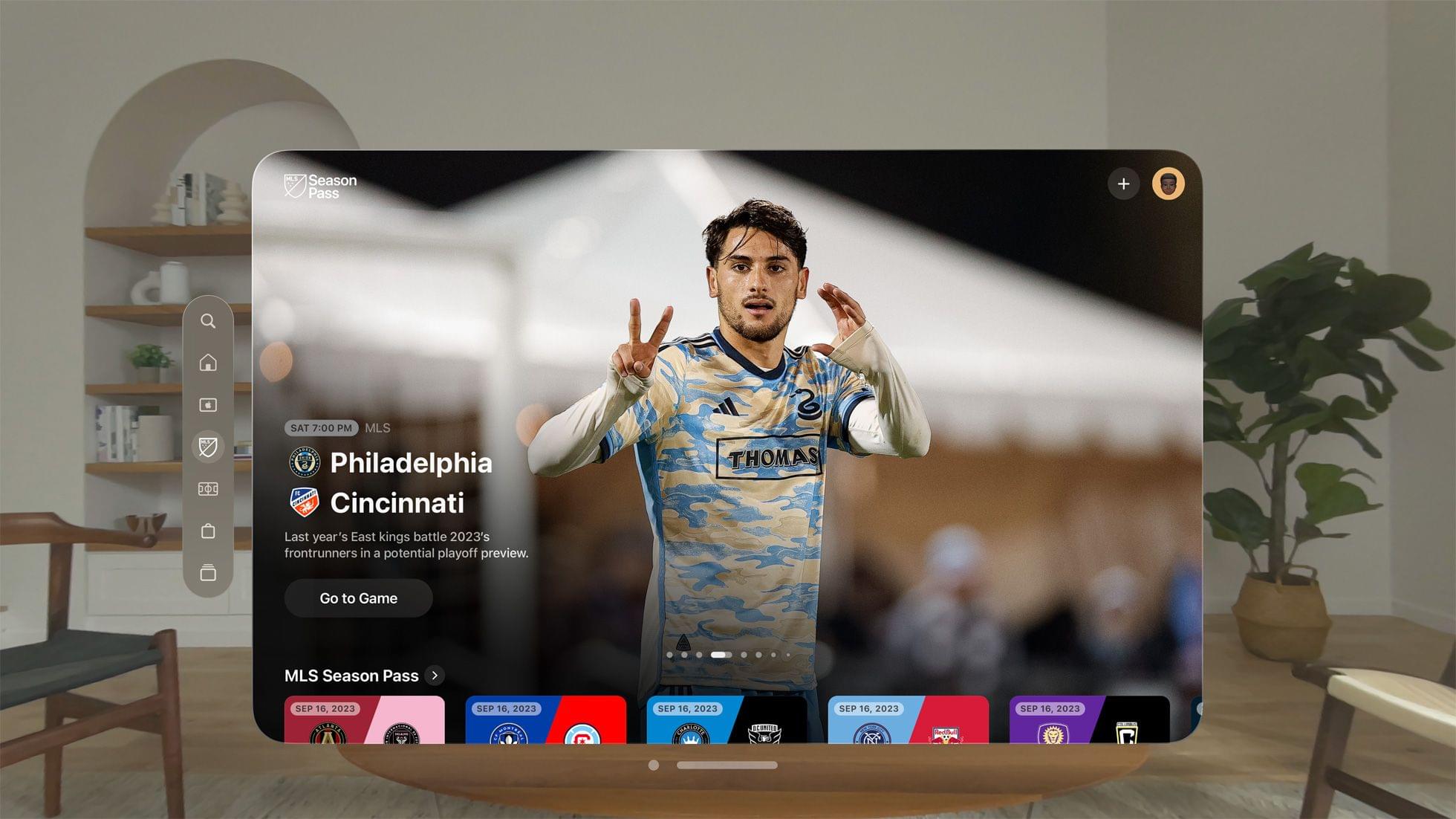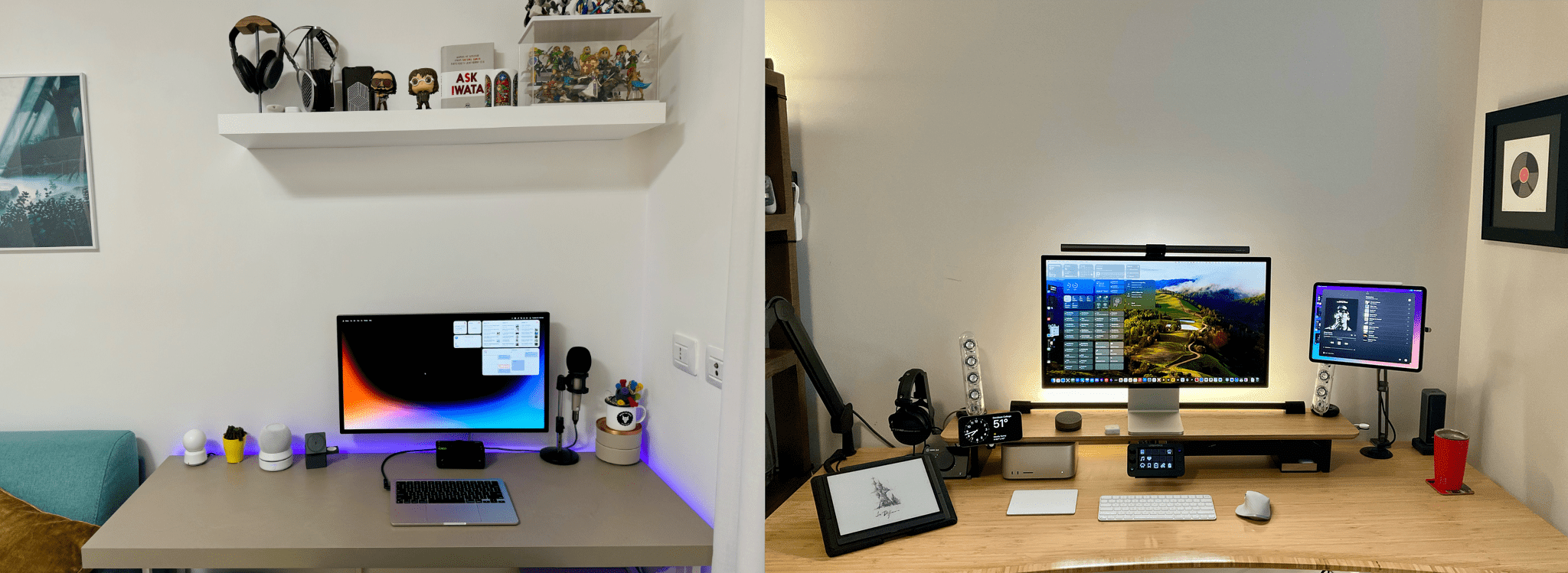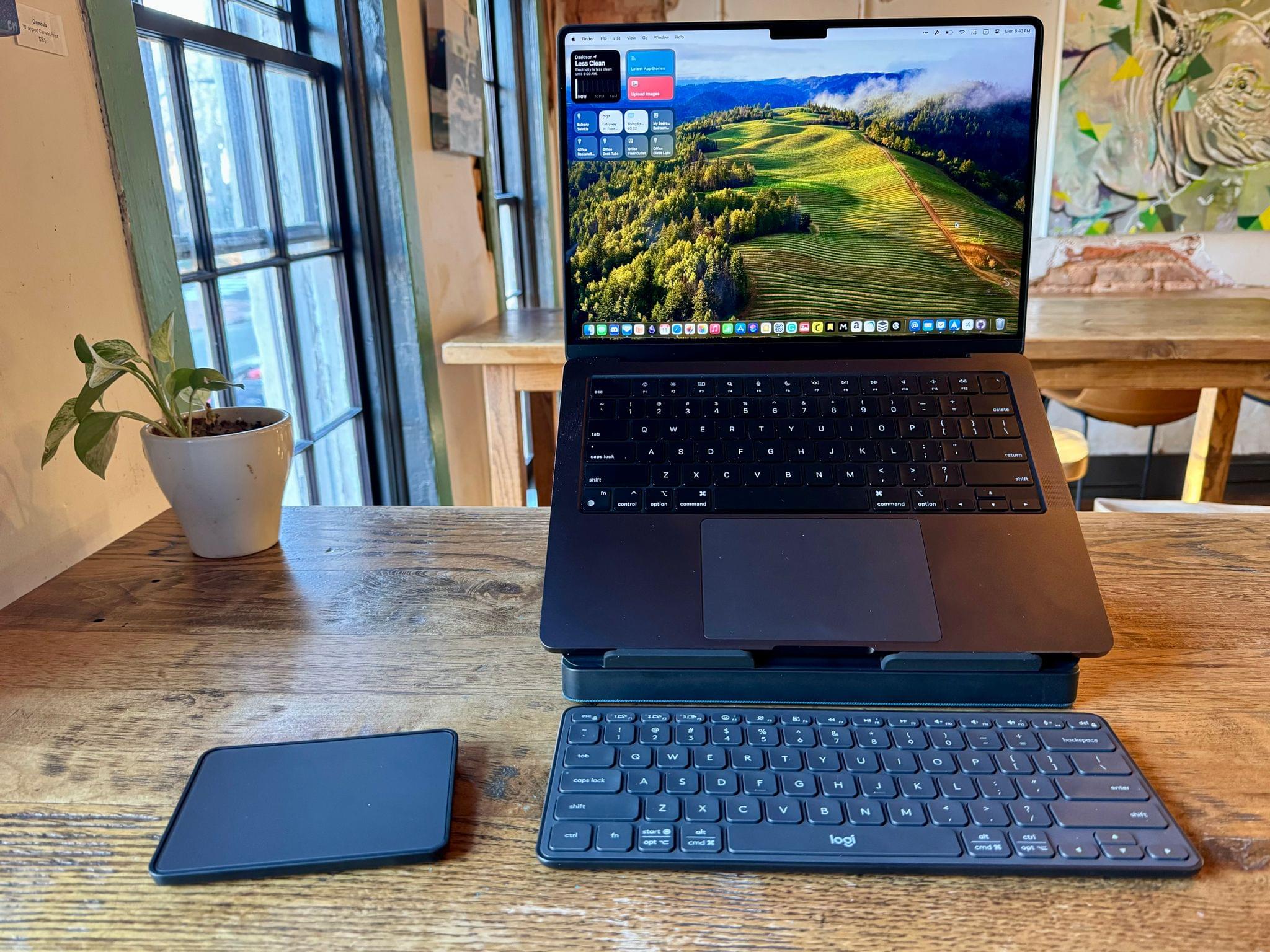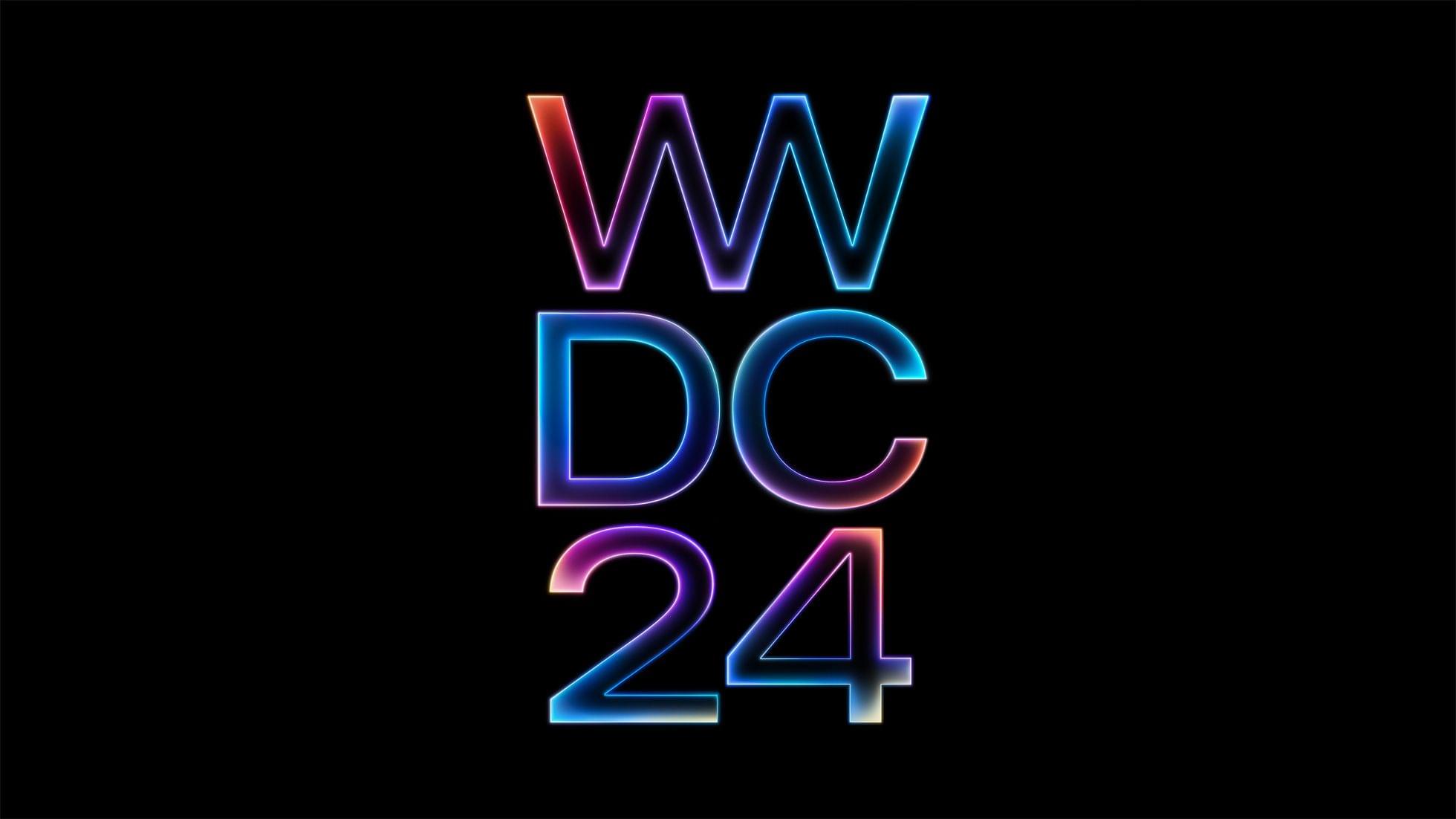This week on MacStories Unwind, Federico and John are joined by Jonathan Reed to discuss Christopher Nolan’s film, Memento and our weekly On Deck picks.
This episode is sponsored by:
- Kolide – It ensures that if a device isn’t secure it can’t access your apps. It’s Device Trust for Okta. Watch the demo now.
Links and Show Notes
Federico’s Film Fest
Thanks to everyone who suggested films to Federico after last week’s episode of MacStories Unwind. If you’d still like to recommend a movie to him please get in touch on Mastodon or Threads.
- Memento
- Trailer
- More about Memento:
- Chronological Edition
- Memento Mori by Nathan Nolan
- Christopher Nolan explaining Memento (Short Version and Long Version)
- Interpreting the Film Memento
- Let’s Celebrate the Confusing As Hell ‘Memento’ Limited Edition DVD 20 Years Later
On Deck
What we’re watching, playing, reading, or listening to soon:
- Federico:
- Dragon’s Dogma II on PS5, Xbox, and Steam
- John:
- Jonathan:
- Mr. Inbetween on FX
MacStories Unwind+
We deliver MacStories Unwind+ to Club MacStories subscribers ad-free and early with high bitrate audio every week.
To learn more about the benefits of a Club MacStories subscription, visit our Plans page.











 I'm using.](https://cdn.macstories.net/img_0872-1711623741629.jpeg)



.](https://cdn.macstories.net/169639-connectix-virtual-game-station-1711386686117.png)